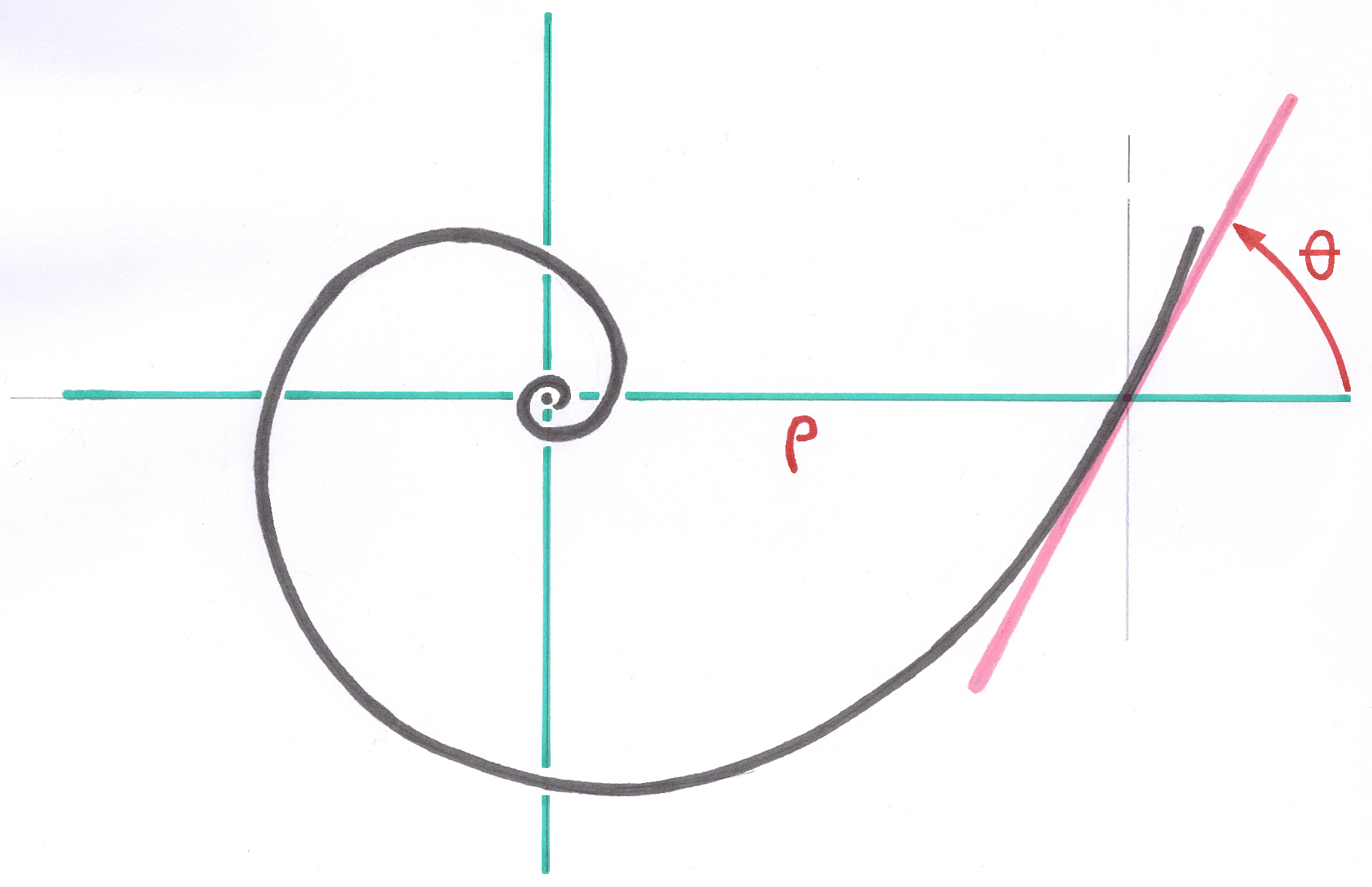2.7. The Principle of Impaction Reserve
2.7.1. Summary
What is known of everyone, in the assembly with conical junction impacted of the prosthetic heads on the collar of the prosthesis, it is that the bottom of the junction of the head should never be reached by the Morse taper of the collar to obtain a stable junction.
I found important to push further the comprehension of the phenomenon of impaction, or the setting in compression, of a conical junction. I endeavoured to identify many sites of contact under tension, on the prostheses themselves and between the prostheses and the bone.
As of the design of the implants, I applied this Principle of Impaction Reserve to improve the form of the zones of contact, by observing the geometrical rules everywhere governing these junctions.
To obtain the final stability of the assemblies, it is necessary to slightly exceed the position obtained with the first contact by an additional deplacement causing a light elastic strain of involved materials.
This development is, everywhere where a junction of this type is envisaged, of the possibility of an additional stroke which constitutes the Impaction Reserve. Any obstacle being likely to be opposed to this movement must be removed.
2.7.2. The Impaction Reserve
To obtain definitive stability of the assemblies, it is necessary to slightly exceed the position obtained at first contact by an additional stroke causing a slight elastic deformation of the materials present.
Wherever a junction of this type is provided, the rod must have the possibility of an additional stroke which constitutes the Impact Reserve. Any obstacle that could stand in the way of this small movement must be removed.
2.7.3. Logical decomposition of the Impaction
To explain the usefulness of the Impaction Reserve, I choose to decompose the unique gesture of impaction of the prosthesis in two logical steps. Of course, these steps are difficult to separate in reality.
First logical step: the blocking and the stability of the conical junction in the bone require the positioning of the implant in its osseous bed on the level of the strict geometrical correspondence, before the establishment of any constraint between the two components
Second logical step: an additional impaction which generates a setting in tension of the 2 involved parts to establish prestressing and to obtain the final stability of the junction.
2.7.4. Need for the Impaction Reserve
If an Impaction Reserve, in the geometrical prolongation of the distal end of the bed of the stem, were not envisaged, the stem can stop prematurely in its movement of descent and filling of the osseous bed. The contact at large surface cannot be established, Primary Stability cannot be obtained, and even less the evolution, in the medium term, towards secondary stability and Osseointegration.
If this blockage is really early, the stem can undergo micromovements and even macromovements causing destruction of the bone in the moving areas, and even millimetric macromovements causing intense femoral pain. These phenomena were observed with most cementless stems and many first generation Zweymüller stems.
It is necessary to ensure that the preparation of the bone bed is always deeper than the stem it will receive.
When designing the stem, the shape of the stem must make the proximal blocking that would occur by early contact between the bone calcar and the calcar arc of the stem rarer, to put the bone in place in Prestressing and exploitation of the Impact Reserve.
2.7.5. Examples of application:
1. junction of the femoral stem in the bone of the rectified femur
2. assembly of the insert in the cup
3. assembly of the gliding seat in the insert
4. assembly of the proximale part and the distal part of the Modular Plus stems, and the Ana.Nova project.
As Doctor Manfred Semlitsch said so well, with the stems which often remained "suspended", there was a risk of the stem moving in a "dog's tail".
----
